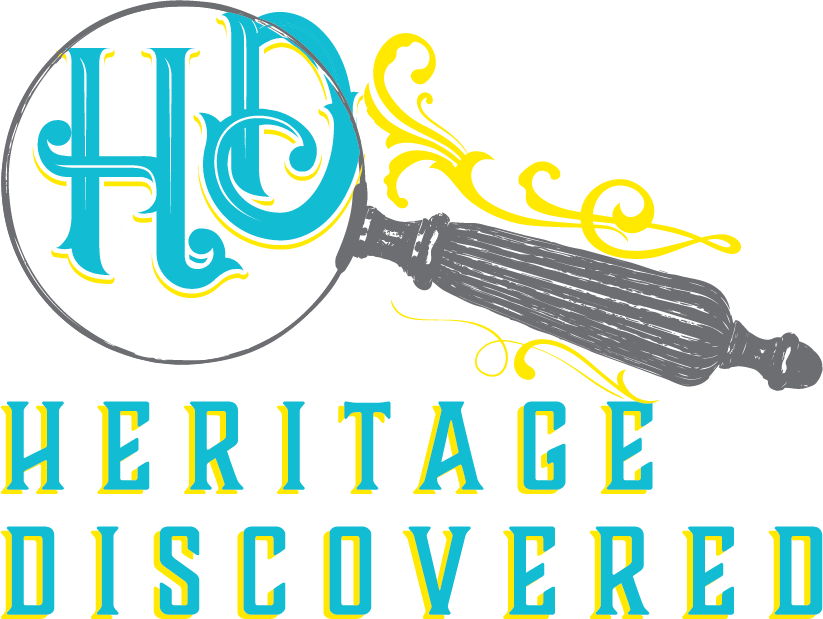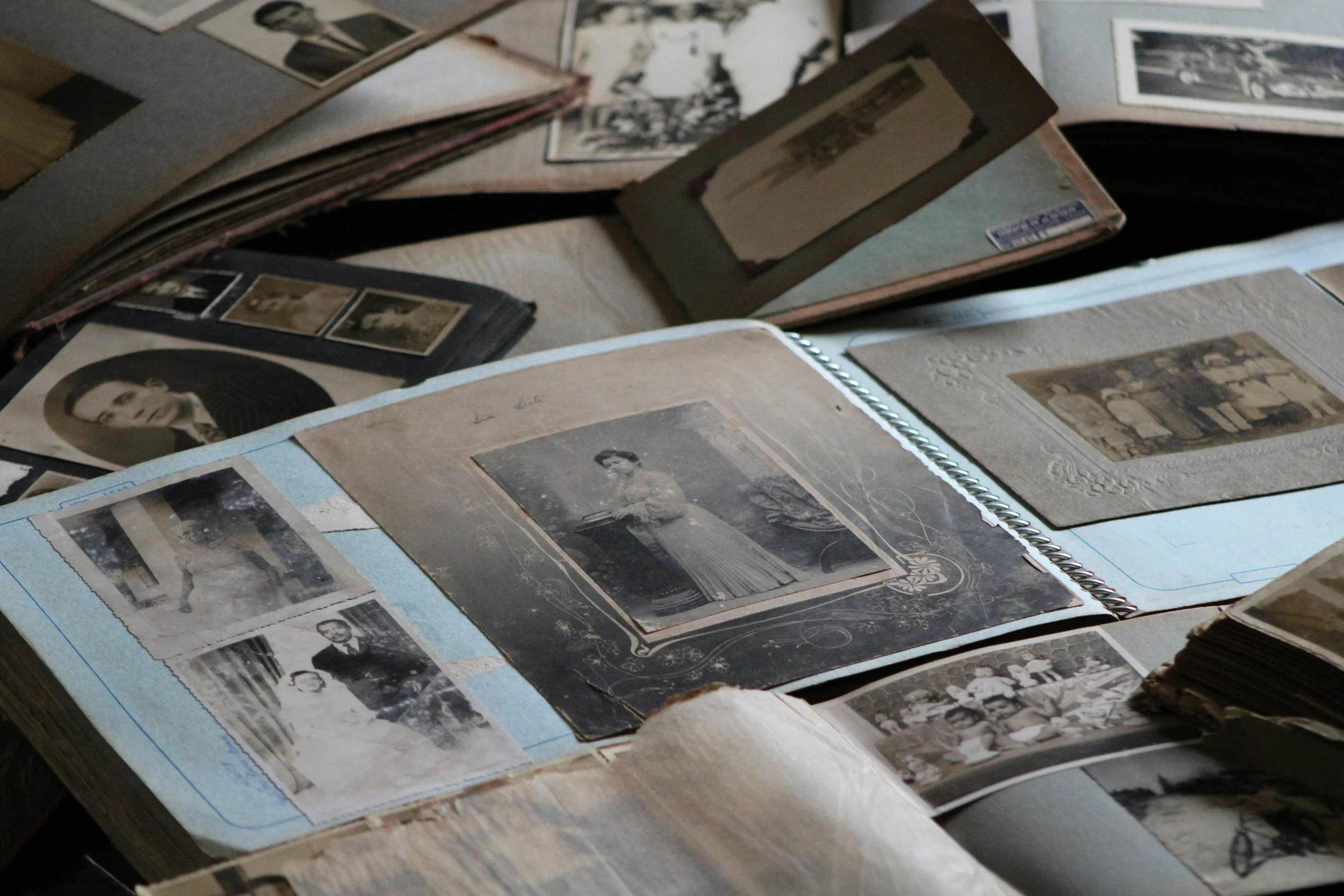How to Find Your Family Tree in New England When You Don’t Know Where to Begin
Starting your genealogy journey in New England can feel exciting and overwhelming. The region’s rich history means you could uncover stories reaching back to the earliest days of European settlement in America. But if you don’t know where to begin, it’s easy to feel stuck.
If you’re wondering how to find your family tree in New England, you’re not alone. Many beginners start their search with limited information and quickly realize that tracing ancestors in this region requires a special approach. The good news is, with patience and strategy, you can make steady progress.
Before we jump in, hi! I’m Jessica, a professional genealogist with 20 years of personal experience and five years helping clients untangle their family history. I specialize in research for New England (hello, colonial ancestors!), French Canada, and Hawaii. If you’re feeling unsure where to start, overwhelmed by confusing records, or completely stuck on a brick wall, I’m here to help you sort it all out and make sense of your New England family story.
Let’s walk through the key steps to get started, focusing on what makes New England genealogy unique and how to overcome common challenges.
Why New England Genealogy Is Special (and Sometimes Tricky)
New England’s genealogical records are among the richest in the United States. The region includes six states: Maine, New Hampshire, Vermont, Massachusetts, Rhode Island, and Connecticut, and many families have deep roots here.
Some towns hold records dating back to the 1600s, and New England was one of the first places in the U.S. to systematically record births, marriages, and deaths.
That means there’s a ton of history available that can make it easier to find your New England ancestry. Church records and town meetings often include detailed family information, and longstanding cemeteries provide well-preserved headstones that tell stories.
However, these riches come with challenges. Common New England family names such as Smith, Brown, or Merrill can make it hard to identify the right family line.
Names were often spelled differently over time or recorded inconsistently. Records may be scattered across town halls, churches, and state archives, and some early documents may be incomplete or damaged.
Understanding these factors will help you plan your search more effectively.
Image by Thiago José Amaral Via Pexels
Learn How to Find Your Family Tree by Working From the Present Backward
Whether you’re digging into your New Hampshire heritage, Rhode Island roots, or any other state in the area, a fundamental rule in genealogy fundamental rule in genealogy is to work backward. Start with what you know, then move step by step into the past.
Begin with yourself. Gather your full name, birth date, and place, along with the same details for your parents and grandparents. Then, interview living relatives to collect stories, names, and dates. As you work, record everything, no matter how small it seems. Sometimes a nickname or family story can lead to a crucial clue.
As you collect facts, build a family tree chart or use genealogy software to keep everything organized. This will help you spot gaps where you need more information.
Focus on Vital Records and Where to Find Them
Vital records like birth, marriage, and death certificates are foundational for figuring out how to find your family tree in New England. You can find these at state vital records offices. Many also have digitized collections available online through websites like Ancestry.com, FamilySearch.org, and various state archives. Local town clerks also hold valuable early vital records.
Keep in mind that many New England vital records from before the mid-1800s may be incomplete or even missing. If you can’t find the records you need online, you might have to request copies or transcripts directly from the appropriate offices. Also, be aware that these offices charge fees for providing copies of these documents.
Church, Cemetery, and Town Records Are Gold
When vital records run dry, church and town records can often fill the gaps. Church records include baptism, marriage banns, and burial records. Many early New England settlers belonged to Protestant churches with records like baptisms, marriages, and membership lists. Cemeteries provide birth and death dates through headstones, and some have online indexes or published transcriptions.
Old town records are another rich resource vital to New England family history research. They contain land grants, lists of original settlers, and minutes from town meetings that mention families and events.
To access these resources:
Contact local historical societies or libraries in the towns where your ancestors lived.
Explore digitized collections on state or local genealogy websites.
Reach out to churches directly about their archival records.
Image by Suzy Hazelwood Via Pexels
How to Handle “Brick Wall” Moments
Every genealogist faces brick walls, like gaps in records or ancestors who seem to vanish. If this happens to you too, don’t worry. Here are some tips for getting past these hurdles:
Recheck what you know to verify facts and assumptions.
Search for variant spellings of surnames and first names.
Investigate collateral lines, like siblings or cousins, who might be easier to trace.
Look beyond vital records to court documents, tax lists, and newspapers.
Consider DNA testing to confirm relationships or find new leads.
Know when to seek professional help, like a genealogist, who can save you time and headaches.
Tips for Working with Common New England Surnames
New England has many common surnames, which can complicate research. Families with names like Smith, Brown, or Merrill often appear repeatedly in records across multiple generations and towns. I’ve been working on my own Merrill branch for several years now.
To distinguish individuals, you’ll need to pay attention to the smallest details and use creative strategies to find the right family line.
Here are some helpful tips:
Use middle names or initials when available: These small differences can be crucial in confirming you’ve found the right ancestor.
Look for naming patterns within families: For example, families might reuse names from earlier generations or alternate between certain first names and middle names, providing valuable clues. Maiden names may also be used as a child’s middle name.
Pay attention to locations and timeframes to differentiate people: If two people share a name, identifying where they lived and when can help you tell them apart.
Cross-check multiple record types to confirm identities: Combining church records, vital records, census data, and land deeds can give you a clearer picture of which person is your ancestor.
Track entire families rather than isolated individuals to avoid mistakes: Often, siblings or cousins appear in records together, which helps establish relationships and confirm you’re on the right track.
Because so many families share these common New England last names, patience is essential. By sticking with it and checking every detail, you’ll be able to map out your New England family tree more accurately and confidently.
Why Hiring a Specialist Can Save You Hours (and Headaches)
If you’ve hit a brick wall or want to make faster progress, hiring a professional genealogist familiar with New England (that’s me!) can be a game-changer. Specialists know where records are kept, how to access them, and how to interpret old handwriting and legal terms.
At Heritage Discovered, I offer family history research services tailored for beginners and those needing expert help. Whether you want to hire a genealogist focused on New England or need family tree help elsewhere, I’m here to assist.
Tracing your family tree in New England may seem difficult at first. But by working step-by-step, leveraging vital records, and knowing where to look for clues, you’ll build a clearer picture of your roots. And when you need a helping hand, professional genealogy research services are just a call or click away.


